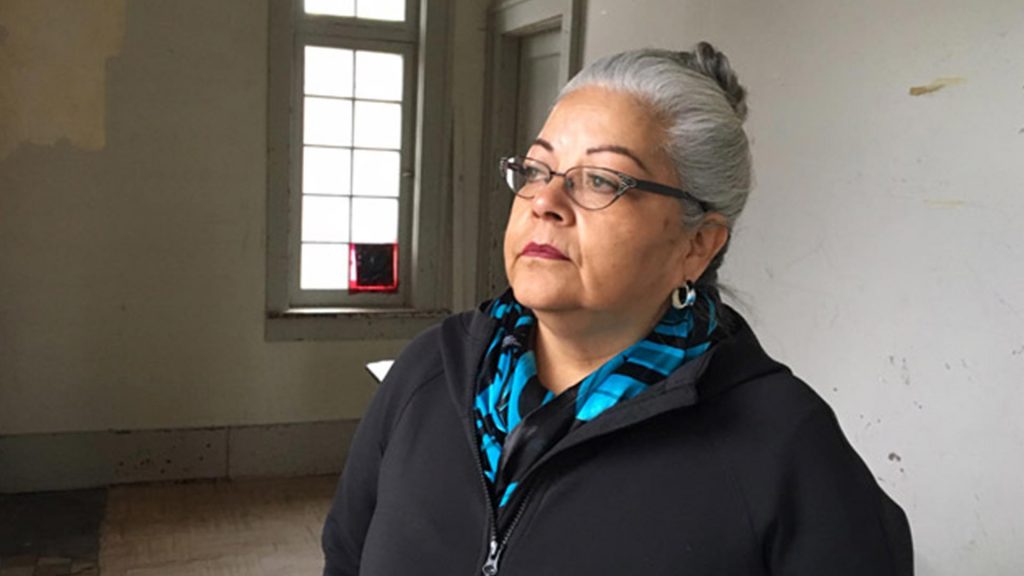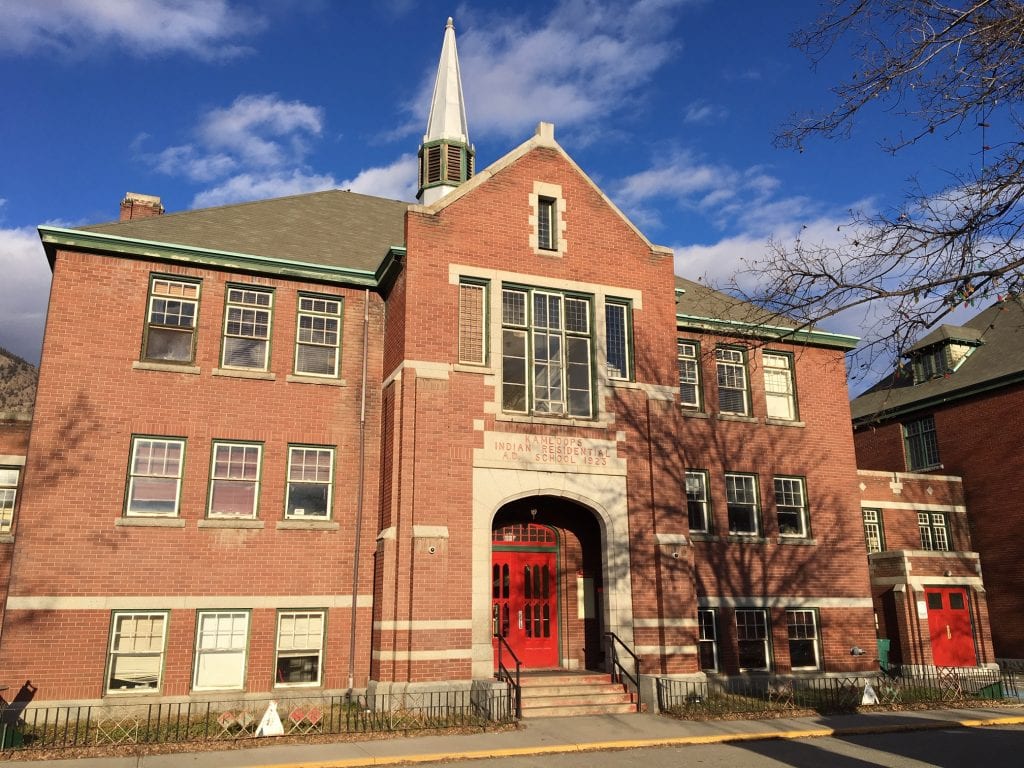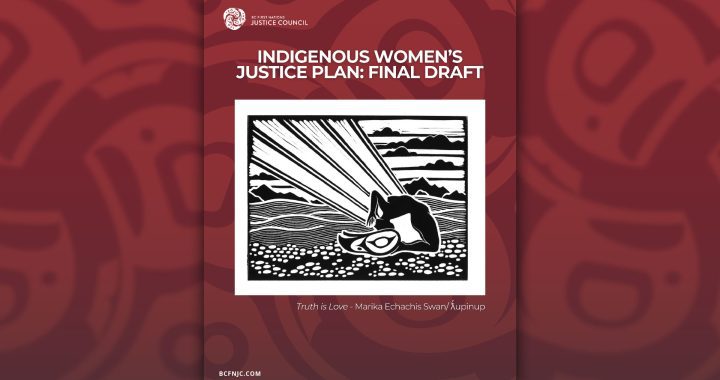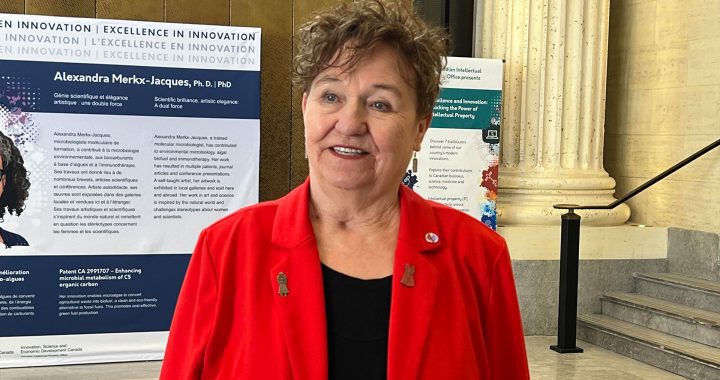
Content warning: Sexual abuse and residential schools. National Indian Residential School Crisis Line 1-866 925-4419
Jo-Anne Gottfriedson always remembered the man’s hands.
“But I could never see his face,” said Gottfriedson, 66.
She could also see the windows of a room in memories going all the way back to when she was a seven year old girl.
It wouldn’t be until years later, in 2004, that she finally faced what happened to her.That’s because she could now see the face that she had blocked out for so many years.
“I was sexually abused in that room back there by a very close family friend, a trusted priest in my community,” said Gottfriedson. “Deep down I always knew something was wrong.”
That room was in the back of the chapel of the Kamloops Indian Residential School where the priest would prepare for church services.The school still stands today, so does the room where Gottfriedson said she was abused.

Gottfriedson went to the school up until Grade 8, which is on the territory of the Kamloops Indian Band, also known as the Tk’emlups te Secwepemc, but she returned home every night because she lived close by.
She walked the hallways like the other kids, attended class like the rest of them and was forbidden from eating apples in the orchard, just like everyone else who lived at the school.
She said she didn’t need to sleep overnight to be abused by a priest.
“We weren’t safe from anything,” said the mother of two daughters.
Gottfriedson is known as a former Indian Residential School day scholar, children that attended actual residential schools during the day.
To the former Stephen Harper government, at least in the eyes of Gottfriedson, that means they didn’t count – they weren’t allowed to participate in the common experience payment process negotiated for other survivors of the Kamloops school and all the others across Canada.
“At the 13th hour the Harper government said drop day scholars or we don’t have a settlement,” said Gottfriedson.And that was it.
They were excluded.
So when Harper made his historical 2008 apology to survivors in the House of Commons he wasn’t saying sorry to all the day scholars.
From Kamloops alone there are about 120. And by doing so, the Harper government has potentially opened up Canada to billions of dollars in damages they may never have thought of.
Gottfriedson, along with several other survivors, sued the federal government in 2012.
By 2015 it turned into a class-action involving day scholar survivors and their descendants, but also bands, the actual communities.
By leaving the day scholars out of the settlement package a judge agreed that bands could also sue the federal government for the damage caused to communities by the residential school policy.
It had never been done before. All previous settlements were only for survivors. The two bands that first signed on were Kamloops and Sechelt First Nation in British Columbia.
Today, there are 101 bands signed on stretching across the country.
One of the lead negotiators is Matthew Coon Come, the former national chief of the Assembly of First Nations.
He said the Grand Council of the James Bay Cree signed on to the class-action to help those that were excluded but also for the damage caused to bands in their territory.
“It’s the first time you have a case that would consider the impacts of residential school policy on our … societies and on our communities,” said Coon Come.
“I think this would certainly help us.”
The main sticking points are the loss of culture and language the bands faced because of residential schools.
“The focus of this is going to be to remedy the very specific damage that was done by the residential school policy,” said John Phillips, one of the main lawyers representing the survivors and bands.
“We expect Canada to fund that and overcome the damage that Canada has done through that policy.”
They want Canada to provide a large enough settlement for the bands where that money is put in trust. Then the bands decide what specific programs it needs to help their community.
Negotiations have been on-going for over two years but the final dollar amount is expected to reach several billion.
“Our objective is to find a way for Aboriginal peoples themselves, the bands themselves, can identify where they need to heal,” said Phillips. “We’re hopeful that we’re moving towards some kind of a resolution, although that frankly remains for this government to decide to follow through on.”

Former chief of the Kamloops band, Shane Gottfriedson, said it’s not surprising the class-action grew from two bands to 101.
“The heart of the problem that we face in all of our communities, from coast to coast to coast, is there is loss of culture, loss of language, many dysfunctions in our communities of inter-generational impacts that our people face today,” said Shane Gottfriedson, who was one of the driving forces to get the lawsuit going.
“It’s not just a Kamloops and Sechelt problem. This is a problem that was created by the government by forcing our families into residential schools. That’s why we thought we would move the class-action forward because we were left out of the Indian residential school settlement.”
He said survivors are beginning to lose hope for a settlement and bands continue to face hardships inflicted by residential schools.
“Every day that goes by the social issues continue on our reserves. It makes me sick that every time we bury somebody that dies a horrific death of suicide or alcoholism or social issue it effects all of our families,” said Shane Gottfriedson.
Shane’s mother, Violet Gottfriedson, was a complainant in the case when she passed away in April 2015.
Violet was also Jo-Anne’s sister.
“The last thing she told me the day she died, actually two hours before she died, I was sitting there, I was praying, and she said ‘Don’t give up what you are doing. Our people need to heal. Share your story. Make it real for our people,’” said Jo-Anne.











